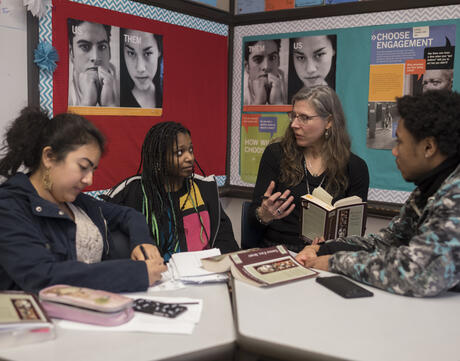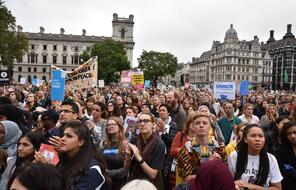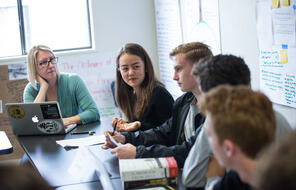
What Makes Memphis a Community?
At a Glance
Language
English — USSubject
- Civics & Citizenship
Grade
6Duration
One 50-min class period- Democracy & Civic Engagement
Overview
About This Lesson
Following Lesson 6, students should have a conceptual understanding of the term community. In Lesson 7, students explore the meaning of community in a more concrete way. Through describing Memphis, Tennessee, a community with which they are all familiar, students will begin to identify important factors that have shaped the identities of communities throughout history. Students have already learned that certain factors such as biology, personal experiences, and group affiliations influence individual identity. Now they will see how factors such as geography, politics, economics, and culture/ entertainment influence the identities of communities. And just as students have thought about how their own identities have changed over time, they can see how the identity of Memphis has changed as a result of new technology, shifting values, social movements, and migration.
Lesson Plans
Activities
Materials and Downloads
Quick Downloads
Download the Files
Get Files Via Google
What Makes Memphis a Community?
What is Community?
How Do Communities Define We & They?
Unlimited Access to Learning. More Added Every Month.
Facing History & Ourselves is designed for educators who want to help students explore identity, think critically, grow emotionally, act ethically, and participate in civic life. It’s hard work, so we’ve developed some go-to professional learning opportunities to help you along the way.
Exploring ELA Text Selection with Julia Torres
On-Demand

Working for Justice, Equity and Civic Agency in Our Schools: A Conversation with Clint Smith
On-Demand

Centering Student Voices to Build Community and Agency
On-Demand














